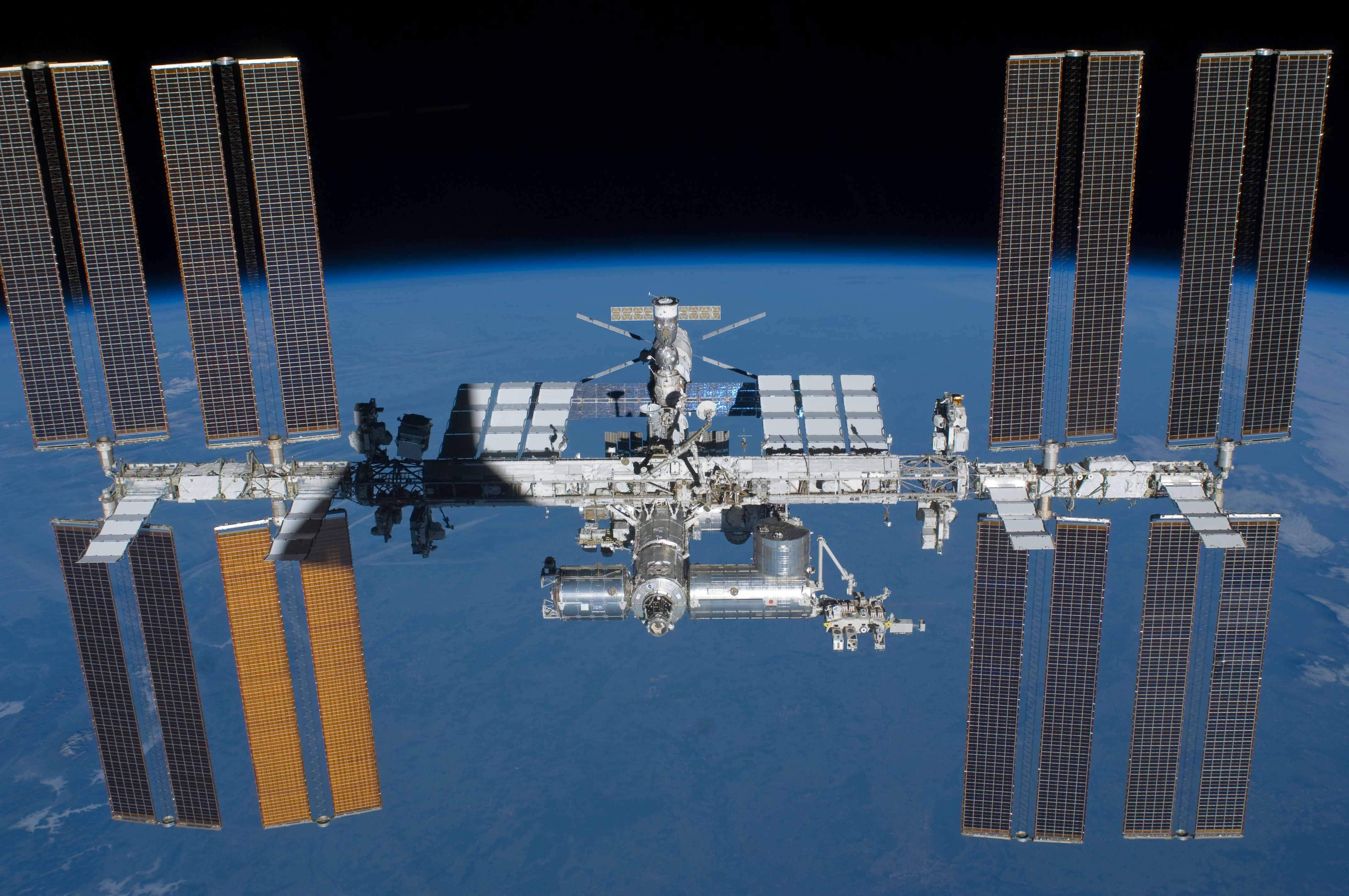Russian Cosmonaut Claims That He Found Bacteria On The Surface Of The International Space Station
Many science fiction movies begin with the return of a probe from space which brings some sort of alien life to Earth from space to wreak havoc on our ecosystem. For a long time it was though that the conditions in space were too harsh for the survival of any sort of living organism. However, we have found a living creature called a tardigrade which is so hearty that it can survive vacuum and radiation.
When we send probes to Mars, we sterilize the probes so we don’t introduce living organisms from Earth into the Martian environment. And we are careful when bringing samples back from celestial bodies that we don’t introduce alien life into the Earth’s environment. There are theories that life may have originated elsewhere and spread though space to land on Earth. A recent finding by a Russian Cosmonaut named Anton Shkaplerov raises the odds that this could have happened.
Yeas ago, Russian Cosmonauts swabbed the external surface of the International Space Station during space walks and stored the swabs. Now examination of those swabs indicates that there were bacteria on the external surface of the ISS that were not on the modules when they were first sent into orbit.
Shkaplerov tooks some of the original swabs and his announcement of his findings of bacteria surprised NASA officials at the time because they said that they did not receive any notice from the Russians about the bacteria. Russian scientists examined the space-walk bacterial samples and said that it was apparently sea plankton that was on the outside of the station.
NASA has had nothing substantial to say about the Russian announcement. They refer reporters to Roscosmos, the Russian space agency. Roscosmos has been distributing a couple of articles to people asking for information on the discoveries. One article talks about the finding of the plankton on the ISS. The other article talks about the possibility that bacteria from asteroids and comets might collect on the outside of the ISS.
While the existence of the tardigrade and the finding of organic molecules in space bolster the idea of bacterial life existing in space, there is a more logical and less radical explanation. The Earth’s atmosphere extends out to about six thousand miles but is very, very tenuous at that altitude. The mesosphere layer of the atmosphere extends out to about four hundred miles. The ISS orbits around two hundred and fifty miles above the Earth. It is at least theoretically possible there may be undiscovered bacteria in the mesosphere which were collected by the ISS.
There are recent reports that suggest that high velocity flows of space dust could possibly incorporate bacteria from the Earth’s atmosphere and carry it through space to other worlds. And, of course, the reverse possibility exists that life on Earth may have been carried here from other worlds by such flows of space dust.
While we are looking for life on the surface of other worlds such as Mars, it may be floating along with other space dust on the solar winds generated by the sun.
International Space Station:
